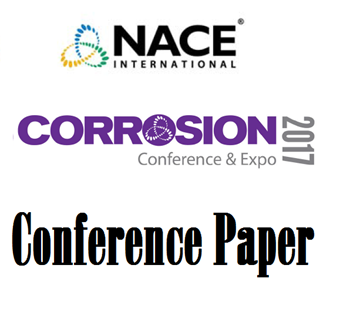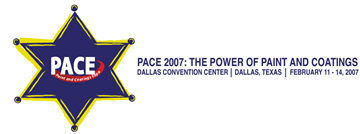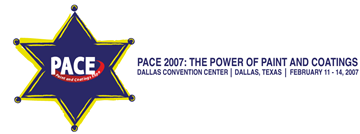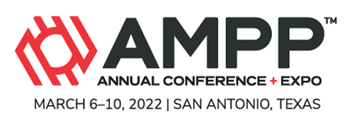Search
Conference Papers
View as
Sort by
Display
per page
Fatigue Crack Growth Rate Behavior of Welded Line Pipe Steel in Sour Environments
Product Number:
51317--9200-SG
ISBN:
9200 2017 CP
Publication Date:
2017
$20.00
Fatigue Crack Initiation In Zr-2.5Nb Tested In Heavy-Water At 300°C
Product Number:
ED22-17233-SG
Publication Date:
2022
$20.00
Fatigue Loading of Test Specimens with Galvanically Induced Corrosion Damage Provides New Insight to Guide Fracture Mechanics Modeling
Product Number:
51324-20989-SG
Publication Date:
2024
$40.00
Fatigue Properties of Zirconium and Zirconium Alloys and their Application in Design and FFS
Product Number:
51323-19188-SG
Publication Date:
2023
$20.00
Fe3O4, FeCO3 or FeS - Which Corrosion Product Will Prevail at High Temperature in CO2/H2S Environments?
Product Number:
51320-14413-SG
Publication Date:
2020
$20.00
Feasibility Assessment for Cathodic Protection of High Level Nuclear Waste Tanks
Product Number:
51324-21160-SG
Publication Date:
2024
$40.00
Feasibility Evaluation of Rapid Cure Coating for Ship’s Water Ballast Tank
Product Number:
41207-382-SG
Publication Date:
2007
$20.00
Feasibility Journey - Feasibility of Repurposing Existing Natural Gas Network to Transport Hydrogen - Natural Gas Blends at the Distribution Level
Product Number:
51324-20936-SG
Publication Date:
2024
$40.00
Federal Government Contracting ‘Contract Solicitation Basics
Product Number:
41207-366-SG
Publication Date:
2007
$20.00
FEM Simulation Analysis Of The Pipe-Casing Under Cathodic Protection
Product Number:
51322-17713-SG
Publication Date:
2022
$20.00
Ferrite Measurement in Duplex Stainless Steels
Product Number:
51319-13437-SG
Publication Date:
2019
$20.00
Ferrite Phase Fraction Quantification in Stress Corrosion Cracked Duplex Welds
Product Number:
51319-13263-SG
Publication Date:
2019
$20.00














